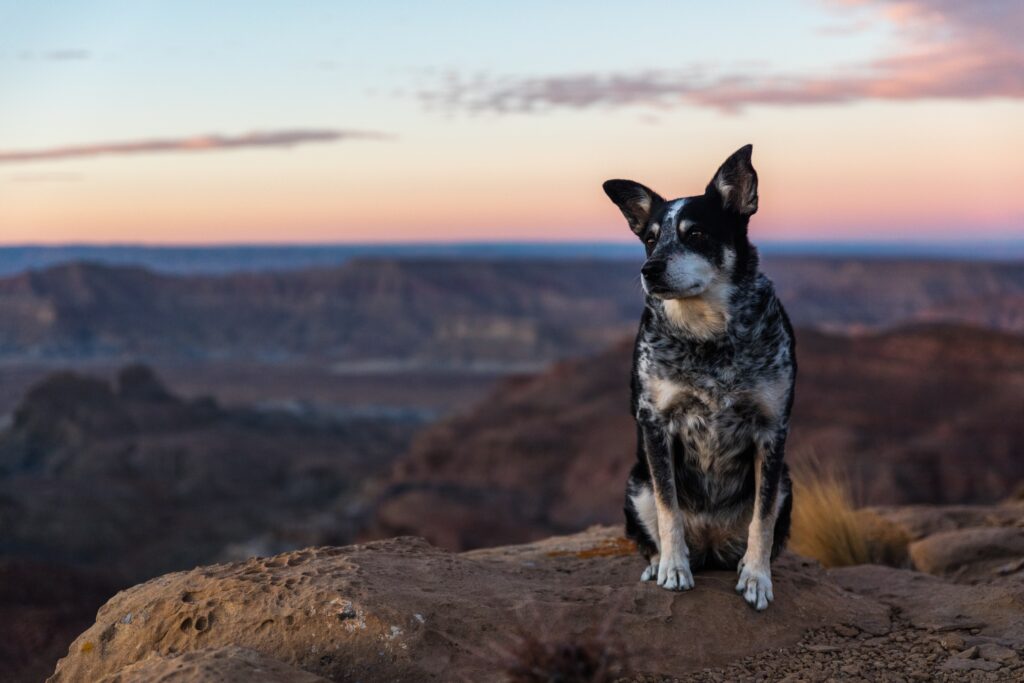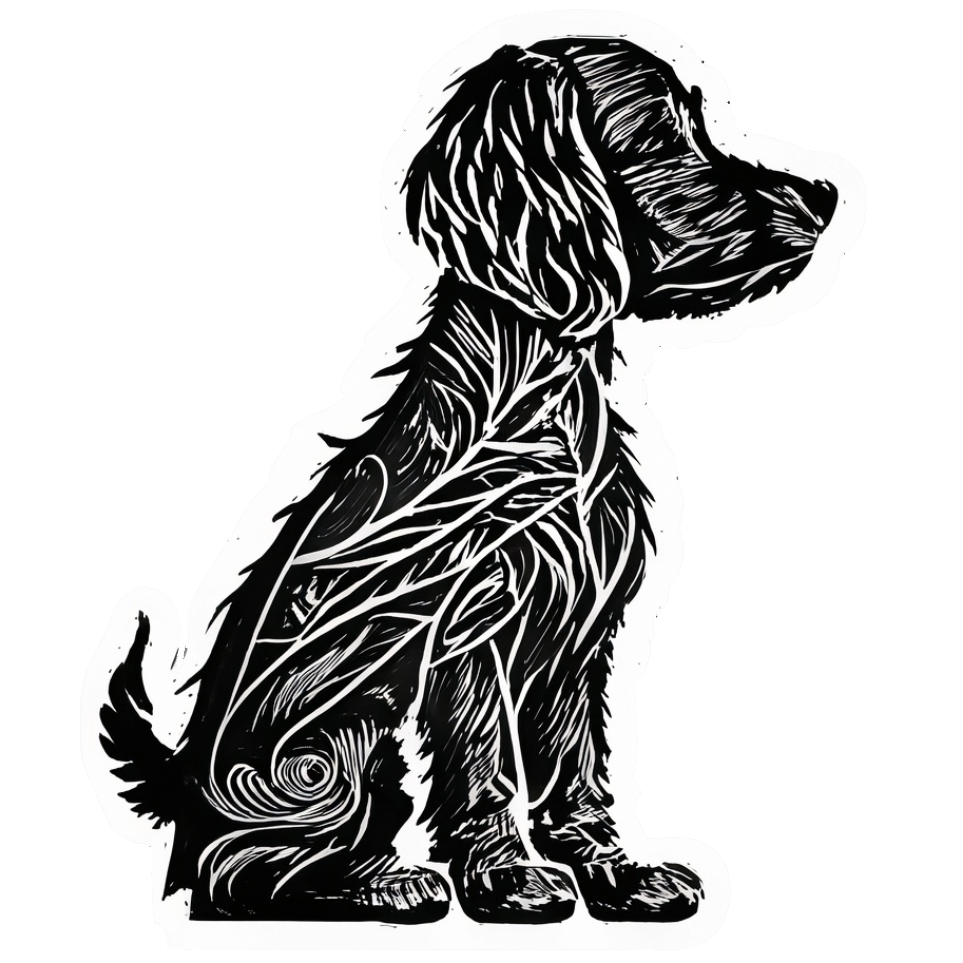A Tail of Adaptation and Survival

Climate has played a pivotal role in the development and adaptation of dog breeds throughout history. The diverse range of climates across the globe has led to the emergence of breeds with distinct characteristics, each uniquely suited to its environment. This article delves into the influence of climate on dog breeds, examining how temperature, humidity, terrain, and weather patterns have shaped our canine companions.
Cold Climate Breeds
- Siberian Husky: Bred in the frigid Arctic, the Husky’s thick double coat provides insulation, while its almond-shaped eyes reduce exposure to cold winds.
- Saint Bernard: Known for rescue work in the Swiss Alps, the Saint Bernard’s dense coat and robust build enable it to thrive in snowy conditions.
- Adaptations: Cold climate breeds often have features like thick coats, padded paws, and a strong build to conserve heat and navigate icy terrain.
Hot and Arid Climate Breeds
- Saluki: Originating in the Middle East, the Saluki’s slender build and short coat help dissipate heat, making it well-suited for desert environments.
- Basenji: Known as the “barkless dog,” the Basenji hails from Central Africa, with a fine coat and large ears that aid in cooling.
- Adaptations: Breeds from hot climates often have features like short or thin coats, lean bodies, and long noses to regulate body temperature.
Tropical and Humid Climate Breeds
- Thai Ridgeback: Native to Thailand, this breed’s short, dense coat and loose skin help it cope with humidity and heat.
- Chow Chow: Despite its thick coat, the Chow Chow has unique adaptations like a black tongue, which may aid in heat dissipation, making it suitable for humid climates.
- Adaptations: Tropical breeds may have features like loose skin, short coats, and specialized tongues to manage moisture and heat.
Mountainous Terrain Breeds
- Tibetan Mastiff: Bred in the Himalayas, the Tibetan Mastiff’s thick coat and powerful build enable it to withstand harsh mountain conditions.
- Bernese Mountain Dog: Native to the Swiss mountains, this breed’s long, dense coat and sturdy frame equip it for work in rugged terrain.
- Adaptations: Mountain breeds often have strong limbs, dense coats, and large lungs to navigate and endure high-altitude environments.
Coastal and Water-Adapted Breeds
- Portuguese Water Dog: Bred for fishing along the Portuguese coast, this breed’s webbed feet and water-resistant coat enable efficient swimming.
- Newfoundland: Known for water rescue, the Newfoundland’s thick, oily coat and strong muscles make it an adept swimmer.
- Adaptations: Coastal breeds often have features like webbed feet, water-resistant coats, and strong tails to excel in aquatic tasks.
The influence of climate on dog breeds is a testament to the remarkable adaptability and diversity of our four-legged friends. From the frozen tundra to arid deserts, from lush tropics to rugged mountains, dogs have evolved in harmony with their surroundings, developing physical traits and behaviors that enable them to thrive. As we celebrate the rich tapestry of dog breeds, we are reminded of the intricate dance between nature and nurture that shapes the lives of these beloved companions.
